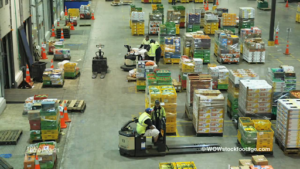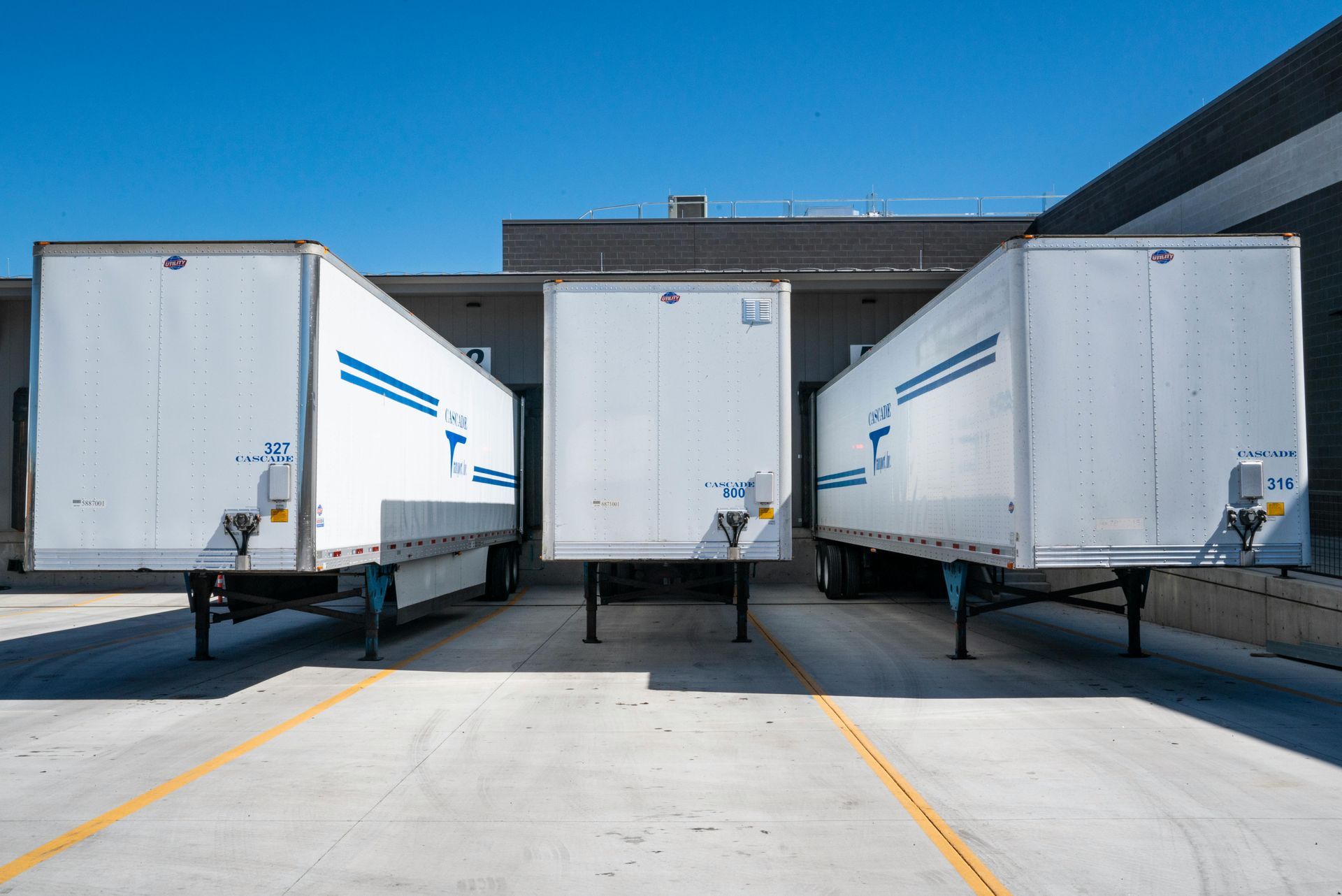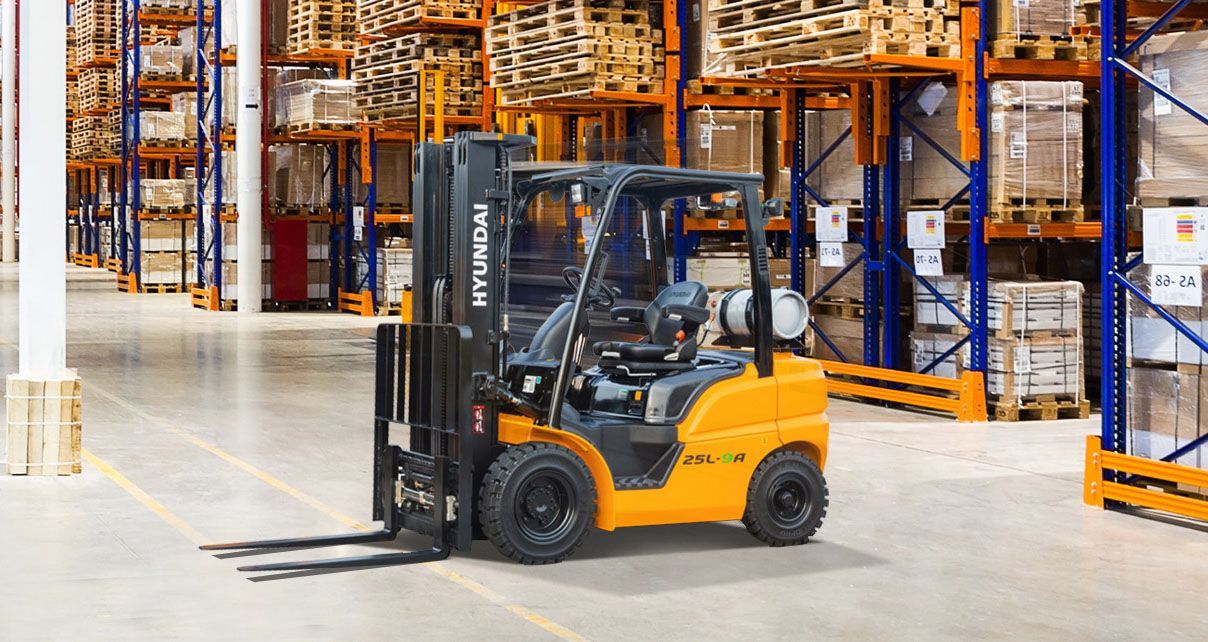Food & Beverage Warehousing Tips
While it can be tempting to cut corners when keeping food & beverage warehouses clean, efficient, and safe, this could lead to some important — and impactful — outcomes. The CDC estimates that 48 million people in the US fall victim to foodborne illness, and without the right approach, these illnesses could begin at the warehouse.
Food and beverage warehouse managers and employees need to stay up to date on best practices and trends in order to mitigate the risk of these illnesses, starting with these important tips.
Consider Pick-to-Voice
Speed and accuracy are goals in all warehouses, but that’s especially true for those working with potentially perishable inventory like food and beverages. Mispicks or erroneous shipments could mean that the inventory has expired before the error is discovered, and could be a costly mistake for the distributor. Pick-to-voice helps workers decrease or even eliminate errors.
Instead of working with paper-based tools or handheld scanners, workers use audio tools to receive directions one here to find the inventory in the warehouse. Once there, they read the SKU out loud and voice recognition software confirms they have the right items. Pick-to-voice helps reduce paperwork, improve safety, and cut down on mis-shipments. Additionally, it doesn’t require expensive technology upgrades.
Figure Out Flow Through
Flow-through distribution is an alternative way of referring to cross-docking. It is a strategy to achieve an advantage in terms of speed, productivity, and efficiency in a supply chain. Flow-through distribution or cross-docking is a logistic method to distribute or supply goods from the supplier directly to the consumer with almost no storage or handling time. It is usually implemented with trucks and two dock doors (inbound and outbound) occupying minimal storage area. It receives the product through an inbound door and transfers them to the outbound transportation dock.
Simply put, using flow-through can cut down on the time it takes to transport perishable items and prepare them for distribution. Adding autonomous vehicles and tools to the mix will cut back on human error and further streamline this process. Overall it means less human labor spent and less time that food and beverage items will be stored in your warehouse.

Don’t Overlook Sanitation Guidelines
Did you know? The Food Safety Modernization Act of 2011 requires food and beverage facilities and warehouses to register with the FDA every two years. It’s also a great resource for the guidelines that would prompt the FDA to inspect these facilities for non-compliance or food safety issues. By keeping overall sanitation best practices as a priority, you can be sure that your facility is ready for an inspection at any time. Here’s what to consider:
- Establish and enforce regular sanitation schedules and keep detailed records of cleaning records for inspectors to easily access
- Build personal hygiene strategies into onboarding and training processes, even when there’s high employee turnover
- Pest control routines that change need to be reported to the FDA every three months to identify potential infestations before they get serious
There’s a reason the FDA puts these guidelines in place, and it’s not because they want to make your life harder. Even when non-agency suggestions — like closing gaps in windows and doors or safe storage of cleaning materials — can go a long way when it comes to keeping your warehouse and inventory safe and healthy.

It’s In the Details
Even beyond the key issues listed above, small steps can also help. Investing in a robust labeling system is a must. This gives workers an at-a-glance way to identify inventory to prevent cross-contamination and knowing how to best store items. Labeling is also a good way to avoid food spoilage, something that’s both costly to businesses and dangerous to customers.
Additionally, choosing the right equipment helps employees do their job quickly; not all equipment is right for moving all food and beverage items. Think about pallets of glass bottles filled with liquid or frozen inventory that could affect the operation of your forklift. Maintaining that equipment will keep your inventory (and employees) safe during transport in and out of your warehouse.
Food and beverage warehouses require a more nuanced approach in order to tackle some challenges that other facilities and industries don’t regularly face. Our team is OSHA-trained and factory-certified to help you find the right equipment, door and dock design, and maintenance services to help ensure safety. Whether you’re looking for equipment for your newly purchased warehouse or you’re looking to replace aging warehouse supplies, Benco Industrial Equipment can help. Get in touch with our pros today!
The post Food & Beverage Warehousing Tips appeared first on Benco Industrial Equipment.




